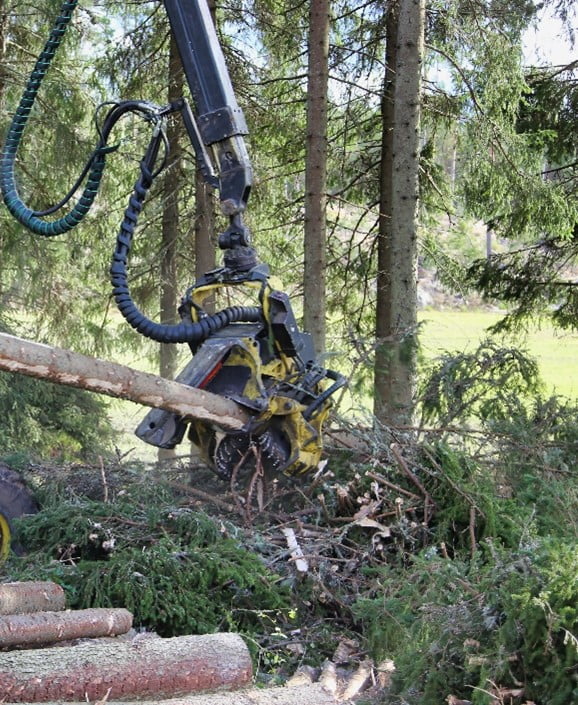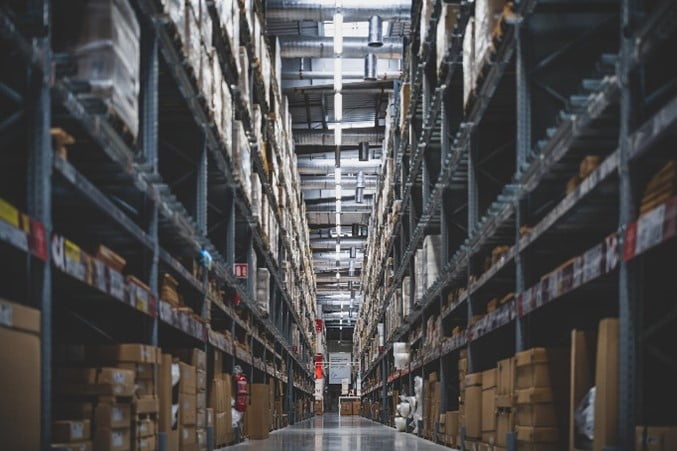Environmental sustainability is becoming one of the most crucial success factors for companies. Your company is required to have environmentally friendly processes, products and services. A company minimising its carbon footprint is not only of interest to customers but also to investors and potential employees. A company determined to increase carbon handprint for its customers is building a significant and sustainable competitive edge. Additive manufacturing supports this effort in many ways. Next, we will explore the possibilities of 3D metal printing in particular.
Corporate responsibility and sustainability are integral to successful companies’ value base and strategy work. In addition to recognising the need for change, companies can see solving sustainability challenges as an opportunity for a profitable business. A genuine drive for sustainability requires all of us to be willing to change our traditional ways of thinking, learn, and continuously improve what we do. Printing as technology helps us to go further.
Sustainability encompasses not only the environment but also the economic and social aspects. We often consider the cultural dimension as well. In this paper, we focus on the environment and, through it, on the economic part. In our guide, Metal 3D Printing is a mature production technology that will take your competitiveness to a new level, and in our earlier article Sustainability benefits from 3D printing, you will also find insights on metal printing as a contributor to sustainable development.
Metal printing for sustainable, repairable and recyclable structures

The circular economy starts from the basic principle of designing out waste. Products are designed to be durable and repairable. The aim is that the material remains in use without losing its value for as long as possible. Once this process is complete, the material is recycled for other uses.
Metal printing supports these objectives in several ways. The structures use as little material as possible – just the amount needed. The manufacturing process minimises waste, and the raw material is directly recyclable within the process. In addition, the structures are incredibly durable, repairable by printing and, when made from a single material at the end of their life cycle, can be effectively recycled. Metal printing is a material and energy-saving production method, allowing solutions to be implemented with less, more wisely and more efficiently. All this reduces the carbon footprint.
Metal printing reduces the carbon footprint and increases the carbon handprint

A forward-looking company is not satisfied with reducing its carbon footprint but aims higher. When a company produces a carbon handprint for its customer, the customer can reduce its carbon footprint.
In metal 3D printing, even the production of a complex part does not increase costs. Solutions we produce by metal printing are lightweight, streamlined structures. In use, they significantly reduce energy consumption and take up less space. Printing sub-assemblies as a single component and, for example, optimised hydraulic components reduce the need for separate seals and eliminate leakage risks. Metal printing can take gas and fluid flow optimisation to a new level, thus improving efficiency. All these benefits can be multiplied by the customer’s overall solution.
Reducing a component’s weight often also reduces other structures, leading to savings in investment and operation. There are also many structures where combining traditional manufacturing and 3D printing offers significant cost benefits.
The freedom of form in customer components offered by metal printing opens up entirely new technical solutions and thus further increases the carbon handprint. Therefore, it is worth considering what new generation solutions your company can develop for an existing product or production lines using 3D printing. Equally, the structures made possible by printing can open up new applications with a carbon footprint, generating new, sustainable business.
Spare part printing reduces logistics costs and minimises the need for warehouse space

Metal printing replaces multiple part assemblies by printing a single, uniform component. Such a component provides a technological advantage and IPR protection, reduces logistics, and saves time and money in the supply chain. Manufacturing near the usage reduces the need for transport and thus the ecological load even further. Reducing order lines brings efficiency to operations and improves the company’s competitiveness. You can read about an example in our article Metal 3D printing – easier, smarter, more efficient.
With metal printing, we can produce a wide range of spare parts for you, extending the life of your machinery. Your spare parts warehouse may be digital, and 3D printing allows you to get parts from there quickly, reducing physical storage space and potential wastage. If no model exists, we will scan and model your components, digitally make the broken one intact and print the file as a spare part. Ideally, the replacement part is much better than before and adds durability to your existing solution. An example of such a case can be found in our guide, “Well-chosen material multiplies your benefits of metal 3D printing“. Printing allowed for a better structure and the use of Inconel 718 material, resulting in a clear improvement in wear and breakage problems at once. At the same time, manufacturing challenges were solved.
Let’s print results
It is fair to say that metal printing brings sustainability to the manufacturing industry. This statement is true for companies producing machinery and equipment, process industries, and general maintenance and repair operations.
As highlighted above, sustainability is strongly linked to business performance: sustainable solutions deliver results. With the above arguments, we want to stimulate thought and debate in your company. We would be happy to discuss how your organisation could contribute to positive development with you.
Read more in our guide on how metal 3D printing can take your competitiveness to the next level.
- Contact Jarmo Kastell
+358 50 314 3487 - info@delva.fi
- by booking a consultation

